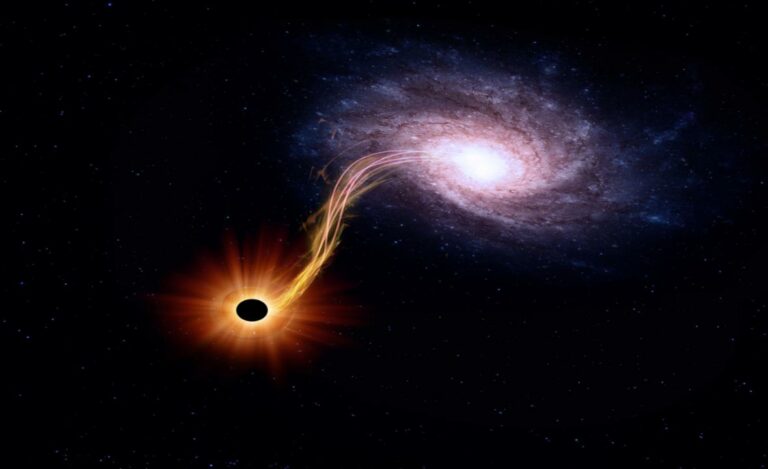Recent studies indicate that dark matter may not exist in our universe.
Recently, Gupta Rajendra, a physics professor at the Faculty of Science, for a new theoretical model of the universe in this theoretical framework. I first learned about this theory in the research article published in The Astrophysical Journal where the author claims that the existing model that incorporates normal matter, dark energy, and dark matter is unconvincing since it does not accept the presence of dark matter.

Another aspect is the Cosmological term ‘Dark matter’ which is said to be the mass that does not emit light or electromagnetic radiation. This is deduced through its pull force and involvement in the direction that galaxies or even planets or stars are expected to move in.
Explaining the findings of the study Gupta presents the CCC+TL model which integrates two theories – covarying coupling constants (CCC) and tired light (TL). This model postulates that forces of nature diminish as cosmic time progresses and due to that light deteriorates as a form of energy during transmission across vast distance. Based on the calculations arising out of the CCC+TL model, the pattern of distribution of galaxies in space and the nature of the output of light from as far back as to the period, that is 380000 years after the Big Bang has been well supported.

This discovery challenges the prevailing understanding of the universe, which suggests that roughly 27% of it is composed of dark matter and less than 5% of ordinary matter, remaining being the dark energy.
Challenging the need for dark matter in the universe
These findings, affirm our previous investigation regarding the age of the universe and has found that the dark matter may not exist indeed, as previously believed, said Gupta.
Most current cosmological theories assume that the accelerated expansion of the universe is driven by what is known as dark energy which we postulate here is actually not true; what happens is as the universe expands different natural forces diminish in strength. ”
“Redshifts” refer to something shifts towards the red zone, or in simple terms, refers to the change in frequency of light in wave spectra. The researcher reviewed results that concern the distribution of galaxies at low redshifts and the angular size of the sound horizon from high redshift works.
“Although there are many nuanced arguments regarding the existence of the dark matter, this is the only study, to my best knowledge, that doubts it and at the same time, supports its cosmological extinction, which remains consistent with the other important cosmological observations that have been made over time,” Gupta concludes.
With this research, the need for dark matter in the universe is being questioned and a new cosmology model that supports this is presented, creating a theory that serves as the means to understanding and defining the governing nature of the universe.
Reference: Rajendra P. Gupta, Testing CCC+TL Cosmology with Observed Baryon Acoustic Oscillation Features, The Astrophysical Journal (2024). DOI: 10.3847/1538-4357/ad1bc6
Do not forget to share your opinion with us to provide you with the best posts !




0 Comments